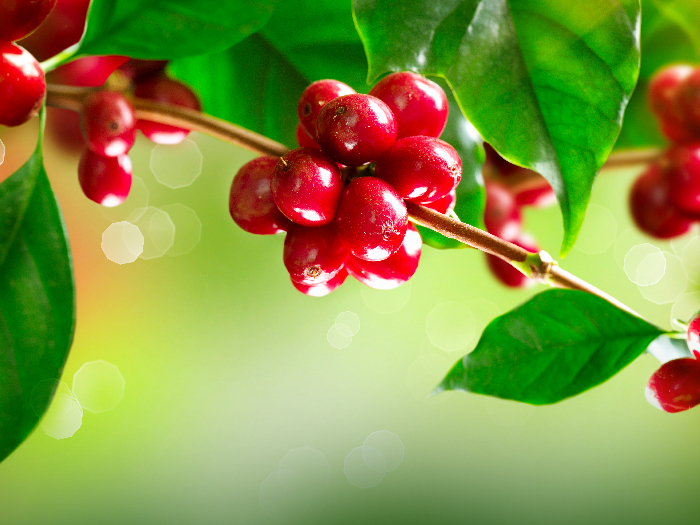Coffee flour is a great new way to sneak in a dose of extra caffeine in your routine, without waiting for your next cup of joe. But that’s not all! It also cuts down on the wastage. Where traditionally the beans were the only useful thing, the flour puts the fruit pulp to use as well. But what exactly is coffee flour? How can you use it? And why should you? Let’s take a look at some of the basics of this new flour alternative you should know.
What is Coffee Flour?
At the core of the process of coffee production is the coffee bean. The bean is the seed of the coffee cherry, a fruit that grows on the Coffea shrubs or small trees. The cherries are also rich in caffeine. However, during the procurement of coffee beans, the rest of the body of the fruit gets dried and discarded.

Coffee flour is made with leftover coffee cherries. Photo Credit: Shutterstock
Coffee flour is the dried and powdered pulp of this fruit. It is a refreshing and versatile option to consider for various purposes, but especially baking. Moreover, it is also touted to be a healthier alternative to regular flour which might tick some boxes for the health-conscious or the experimental crowd.
While the fruit pulp powder is one way of making coffee flour, another way it can be done with the use of green coffee beans. It is the ground powder of the semi-baked green beans of coffee. However, the fruit powder version finds more practical use. [1]
Apart from being gluten-free, this flour is also hailed to be paleo-friendly and vegan. With significant levels of iron, fiber, and antioxidants, it is also nutritionally rich. Coffee cherry pulp, which goes into the production of coffee flour, is also known to be rich in polyphenols, anthocyanins, protein, and potassium. [2]
How to Use Coffee Flour?
You can surely be innovative with this new gluten-free flour alternative, but right now, the most popular and recommended way of using it is for baking.
It can also be used as a substitute for cocoa powder. The taste could be a little bitter, depending on your recipe and how much of it is being used.
You can start by including it as a 10 percent part of your entire flour mix. Depending on your taste and preferences, you can increase or decrease this share, going up to 20 percent of your entire flour mix.
The flavor it imparts makes it suitable to be baked into various coffee or chocolate-flavored bakery products such as chocolate chip cookies, brownies, and more. It can also lend slightly citrusy and floral notes, owing to its fruity origin, and thus, is a good addition to cakes as well, especially ones with a paleo-friendly recipe. Furthermore, if you are feeling experimental, try baking it into bread, but start small.
The caffeine content in coffee flour is lower than your regular coffee. It can accompany your cup of coffee or can substitute it if you like. If you are looking to cut back without completely giving up, this is an option to consider.
